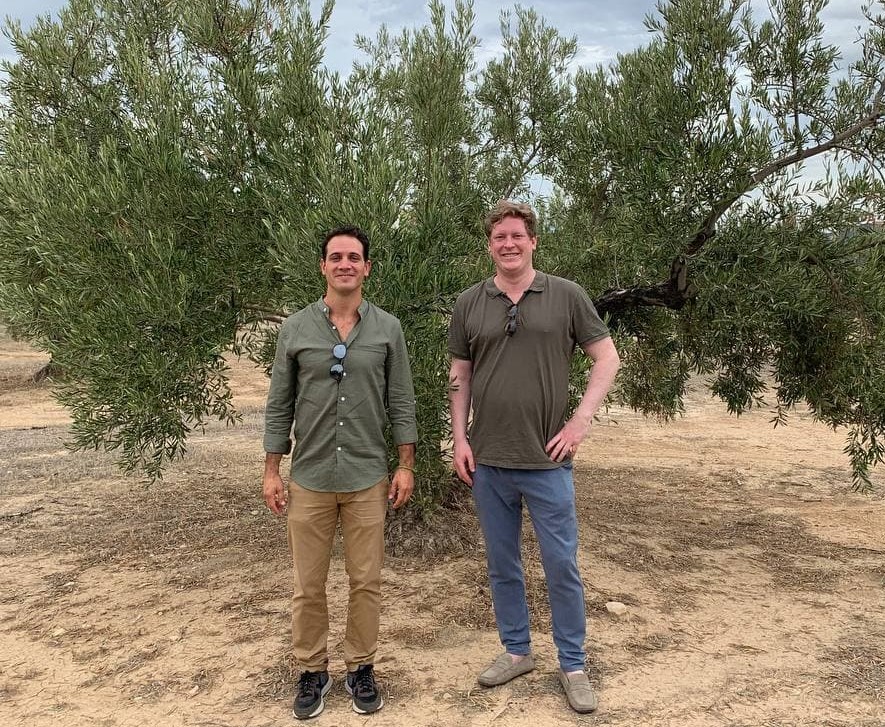How technology can align incentives for producers, investors, and society
Technology can only take you so far. Investors play a crucial role in making land assets more valuable over time.
Land assets can provide both annual cash flow from agricultural production, and asset value increase over time. The asset typically increases in value due to limited supply, or through having been managed in a way that ensures profitable production potential for the next investors/owners.
Unfortunately, interests and incentives in global agriculture are often not aligned. Explaining why, and proposing solutions, requires some background. I will, therefore, preface proposed solutions with how the contributors to agricultural value creation may be at odds with each other.
The interests society has in agricultural produce may be summarised as a robust and trustworthy supply, produced with as little negative impact as possible, and at a quality that improves our lives. This is the basis for the social contract we create with those who manage our lands.
To deliver on this contract, producers/growers require a steady income, some profit, and the means to manage risks beyond their control. Investors are there to grease the wheels, and help producers improve their deliverables. Their reward is, unsurprisingly, profits from their investments. Despite this, it is not difficult to see where society and producers may be at odds with each other.
Exhibit A: Robust supply ≠ steady income
Many crops are cyclical, in fact most tree crops, which means producers’ income vary significantly year on year. Price mechanisms do not fully compensate for that. Society’s demand is often met through a diversification of the supply chain, which means that buyers, distributors and brands can switch to other producers in other geographies when supply elsewhere fails. This means that individual growers are vulnerable, and not adequately rewarded through their social contract.
Exhibit B: Minimal negative impact ≠ profits
We are now demanding that farming must reduce its impact on soil quality, water usage, land transformation, and much more. With price sensitive buyers, investments in more environmentally friendly farming practices are hard to recoup. It’s in the producers’ own interest to be as resource efficient as possible, and often that means intensive use of land, monocrop systems, and increased water usage.
There are no quick fixes. We can talk about carbon positive farming, regenerative practices, and ecological products. The simple facts are that in many parts of the world these practices are untenable, with explanations ranging from no price premium for environmentally positive transitions to lack of technology or know-how.
So what do we do?
Step 1: Provide technology to producers
There are significant productivity gains achievable with simply capturing, organising, and analysing data. Many modern producers do this already, in their own custom-built solutions. However, there is now a wealth of new data capture and analytics providers who can address specific operations challenges. At Sensonomic we focus on increasing the proportion of crops harvested at maximum economic value. This means that producers can, with more certainty, position themselves for improved terms with their buyers.
Step 2: Invest in sustainable farming practices, and the technology to drive it
Investors can unlock a profitable and sustainable future for farming by investing in data analytics and evidence-based methodologies. Land is an intriguing but challenging asset, which in good cases can provide both cash flow from operations and asset value increase when demand for land exceeds supply. However, it is in the investors’ best interest to ensure that there is profitable production without the asset value being reduced. A typical contributor to reduced land value is production beyond carrying capacity, which leads to water stress, soil erosion, and pests. Patient capital, with deep understanding of operations, increases the likelihood of achieving ROI from both operations and selling land at a premium.
Verified production data will reduce due diligence costs, and can position operations for alternative income sources such as carbon sequestration.
It is also a fact that the quality and efficiency of operations vary significantly, even within companies. With operations data at hand, investors can assess where to best assist their investments with additional capital, technology, know-how, and market knowledge. The traditional way of assessing this year’s harvest after the fact is simply not good enough in a world where we need to increase food production in order to feed more people, whilst protecting and improving the value of land.
Step 3: Make the data count
Data from on-farm operations have real value. However, it has no value outside of your own operations if it is not shared in a structured format. As an example, insurers and financiers need to separate out the ‘lemons’ from those who operate with data driven insights. Keeping the on-farm data to yourself is not only counterproductive, it actively prevents innovative approaches that could significantly help the industry.
This does not mean that you should not think about who manages your data, and under what terms. A grown-up technology industry must recognise the rights growers have to their own data, and how to facilitate value-adding services at no disadvantage to the growers.
This is a simple call to action. We promise to make technology growers can and will use. Investors in land assets must enable the adoption of the technology. Finally, producers must share their data and knowledge to tube the technology to benefit themselves, their investors and owners, and ultimately serve society.
This way, everyone wins.
This is an amended version of the keynote speech given by our CEO Anders Gundersen at the inaugural Food Tech Congress in November 2021.
Comments are closed.


Recent Comments